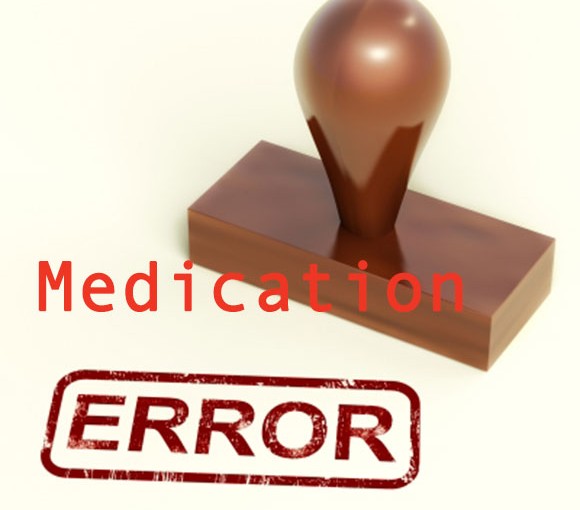During her routine at this week’s Miss America pageant, Miss Colorado decided to trade her makeup and dress for a stethoscope and scrubs to show the judges her heart more than her talent.
In a break from the usual comedy routines, song and dance, Kelley Johnson, 22, delivered the rare monologue during the talent portion of the pageant on Wednesday night at Boardwalk Hall in Atlantic City, N.J., about her work as a nurse.
Johnson is a registered nurse, who graduated as the valedictorian of her nursing class at Grand View University in Des Moines, Iowa. During her monologue, she talked about her work with a patient named Joe, who was in the beginning stages of Alzheimer’s and often suffered from night terrors.
Watch video here on YouTube
Source: today.com







